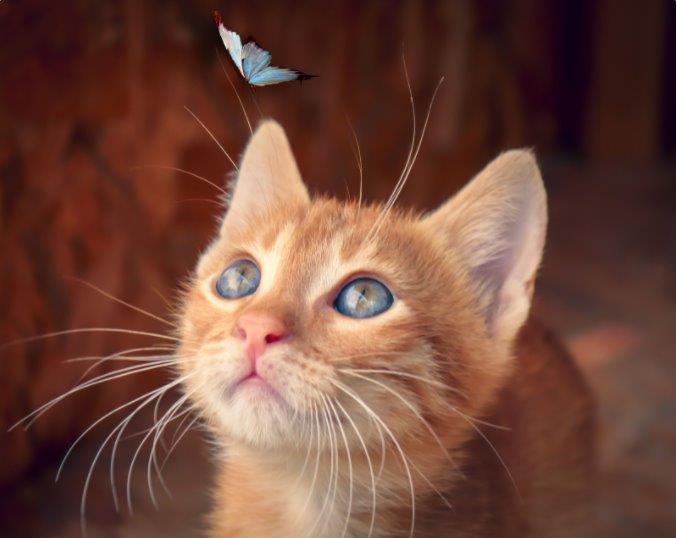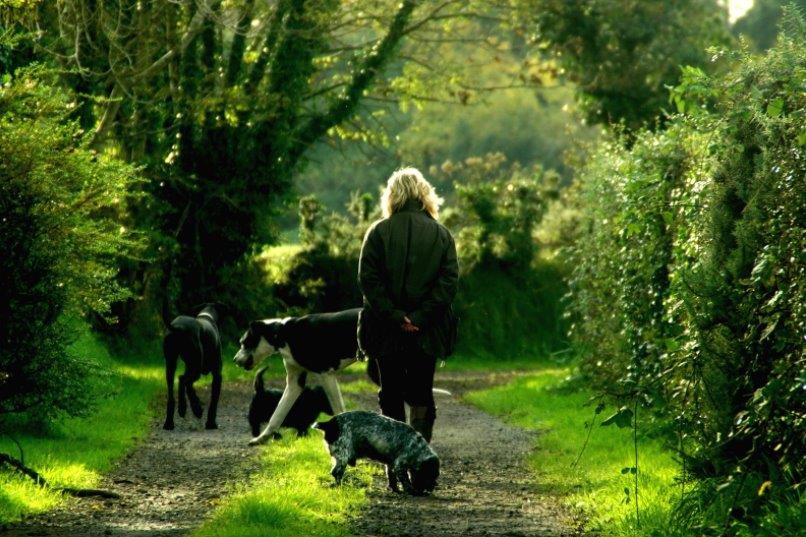

SUSTAINABILITY has to be this decade’s buzzword. And with good reason. After many years of dire warnings regarding our impact on the planet, organizations and individuals worldwide are finally taking responsibility for reducing their personal load on our limited resources. But published research into how having pets affects sustainability has thrown the cat amongst the pigeons and left many pet parents with ruffled feathers.
So how, exactly, do our pets fit into the sustainability debate? What are our basic responsibilities as pet parents, to ensure that our pets, and our habits as their caregivers, don’t place undue pressure on the environment?
What is Sustainability?
Sustainability is a vast subject, but a very useful definition is “meeting the needs of the present, without compromising the needs of the future”.
So how can we, as pet parents, do our bit to reduce our pressure on the environment?
Check out the food manufacturers
Before choosing the brand or type of food you wish to feed your pet, do some research on the manufacturing processes employed by the supplier, their commitment to responsible environmental practices and the type of packaging they utilize. This applies to Raw and Meat-Based Diets (RMBDs), which tend to make use of a lot of packaging for safety reasons. Cronulla Veterinary Clinic supports only those suppliers we know have strict environmental policies in place. These manufacturers continually strive to reduce their burden on precious resources, for example, by using grey water wherever possible, building plants that require less energy to sustain, using fish products from sustainable marine sources, and packaging the finished product in recyclable or bio-degradable materials.
The ingredients, too, are worth a good deal of thought. Some feel that pets should be fed lower quality diets that make use of all the off-cuts rejected in the manufacture of human foods. While there is much sense in this argument in terms of sustainability, we know that dogs and cats thrive and enjoy increased longevity when fed premium-quality diets. There is also the counter-argument that pets who eat good food absorb more and excrete less. We feel there’s a good balance here. However, a top-quality, animal-based product doesn’t have to exclude grains or other carbohydrates – “Grain Free” is currently a huge trend in the pet-care industry. Much research has, in fact, proven that dogs and cats very seldom have problems digesting grains (as many humans do); grains can form a very useful part of a balanced diet for them and can contribute valuable proteins, too, when combined with meat-based proteins. Grain production, in turn, is gentler on the environment.
Also, look at the sustainability of the particular meat protein sources in your chosen pet food brand. Beef production has the heaviest impact on our planet, while chicken is relatively light. Fast-forward into the not-too-distant future: some sustainability experts believe that the only feasible protein for the pet industry to consider is insect protein. Bugs are packed with all the amino acids our pets require for health and well-being and are certainly very sustainable. Watch this space!
Waste Disposal
You may think that disposing of your dog’s poop in a bio-degradable poop-bag is a responsible environmental decision but, sadly, even some bio-degradable bags can take over 10 years to break down. While scooping up after your pooch on a walk is a considerate and, in many places, mandatory practice, most bags used aren’t degradable and all that doggy-doo ends up immortalized in plastic in a landfill. Some careful fact-checking on your chosen poop-bags will help set your mind at rest that you’re opting for the most eco-friendly options. e.g.: https://www.poopbags.com/eco-friendly-facts/
It’s not a great idea to flush pet poop either, as it’s too nitrogen-rich for our wet ecosystems. Pet poop is best composted. But take care not to use it on your veggie garden, as it contains E Coli and other harmful bacteria.
Cat parents should research kitty-litter, as many clumping litters are based on clay or silica, which should be avoided. Clay is strip-mined, which is an incredibly harmful practice for the environment. The silica dust coats cats’ lungs and the clumping material, sodium bentonite, acts like expanding cement (it’s also used in grouting, sealing and plugging products in the construction sector) and may clog up your fur-child’s insides as she grooms. Consider environmentally friendly litters that are safe for kitty and safe for the planet, like those made from corn, walnut shell fibre, lucerne, soy or even tofu based.
Reuse and Recycle
Our pets don’t need expensive, mass-produced, heavily packaged toys to have fun. We know how much joy they get out of hiding in cardboard boxes or chasing old tennis balls. There are thousands of ideas online for making your own pet toys out of recycled items around the home. And if you are planning to splash out on a special toy for Max and Luna, invest in well-made, durable ones that won’t be shredded in 2.5 seconds and need to be replaced weekly. Good quality toys can last even the most determined chewers for years and can often be popped in the washing machine or dishwasher for freshness.
Also remember to recycle pet food packaging.


Adopt, Don’t Shop
It goes without saying that desexing our pets is the only way to prevent millions more unwanted pets overpopulating the earth. If you’re looking to add a new furry member to the family, think about adopting rescue animals who already need homes. There are rescue organizations looking for loving homes for practically every breed known to mankind.
Watch Unnecessary Energy Output
Do you leave heaters on for your pets in cold weather? Consider a self-heating mat, instead, for their igloo or kennel. These use the animal’s own body temperature to generate and maintain warmth, without requiring an outside energy source.
Does the water fountain run all day when your animals prefer to lap from the bird bath? Little changes, while still keeping your pet comfortable, can go a long way.
Indoor vs. Outdoor
Overseas, many pets are kept indoors due to various factors, from extreme weather to owners’ fears about danger from predators or vehicles. In Australia, our pets are still able to enjoy an outdoor environment for much of the time. But we need to be aware of their habits and take responsibility for their impact on our surroundings. Cats should wear safety collars with bells attached to alert unsuspecting prey. Or investigate the possibility of keeping your cat indoors with access to an enclosed outdoor exercise area like a “catio” or “catmax enclosure”, which is safe for both your cat and the critters in your garden and beyond.
Pets are our furry family, and if we are as mindful of their “carbon pawprint” as we are of the impact of the rest of the family and our household, Mother Earth will breathe a sigh of relief!
